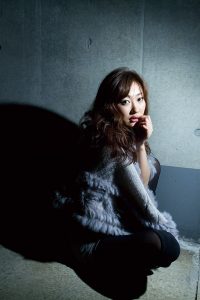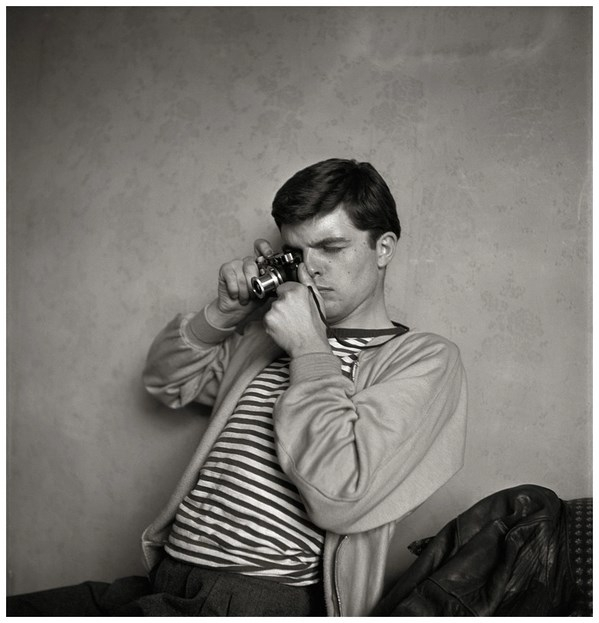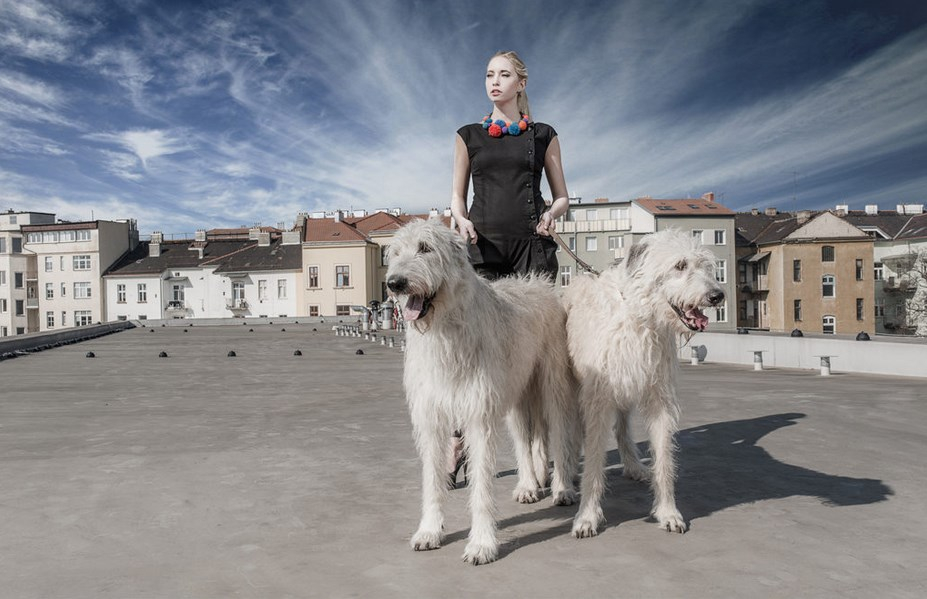DRAMATIC PORTRAITS
 The harsh shadows that you get in your first attempts at shooting with an external flash can discourage anyone. Yes, photographing with reflected light is a challenge. But, on the other hand, strong shadows – this is exactly what is needed to create a dramatic portrait! So you need to control them. Let’s try to tame them, having considered a few tips from professional portrait photographers.
The harsh shadows that you get in your first attempts at shooting with an external flash can discourage anyone. Yes, photographing with reflected light is a challenge. But, on the other hand, strong shadows – this is exactly what is needed to create a dramatic portrait! So you need to control them. Let’s try to tame them, having considered a few tips from professional portrait photographers.
External flash will help create the desired shadow
Emitting light to produce a brighter image is only part of what the external flash does. It helps the photographer to control the light, and this includes creating shadows where you need them.
Use a simulated flash
Click the depth of field preview button on the camera to turn on the simulated flash. This will help to see where the shadows on the subject will appear from the flash.
Move the flash to find the best position of the light from it.
Finding a better position will entail trial and error. The picture that you see in the title of the article was taken when the photographer placed the flash close to the model (see the diagram).
Tips for using external flash
A: Camera with installed trasmitter. B: Remote flash
Note. The flash does not have to illuminate the subject — even if it illuminates something else, the E-TTL mode will adjust the flash exposure so that the entire scene is correctly exposed. This brings us to advice 3 …
Trust E-TTL Mode
The need to remove the flash from the camera can be a little scary. Using the E-TTL mode, which automatically analyzes and sets the optimal flash exposure, will help you get pretty good results to begin with. So why not go ahead and be creative? You can use the manual mode for more precise settings.
For even more flexibility when installing the flash, connect the Speedlite Transmitter to your camera. This will allow you to use a wireless flash anywhere within a radius of 30 meters. How to choose a synchronizer? Simply! We wrote about it too.
How to open your business. Organization of portrait photo studio.
Photography is a great career! You can, using your own hobby, start making money. However, in order to become a successful photographer, it is necessary to organize a successful photo studio! Read this article, and you will have a step-by-step guide on how to organize your professional photo studio from scratch, make money, and do in the future what you love.


